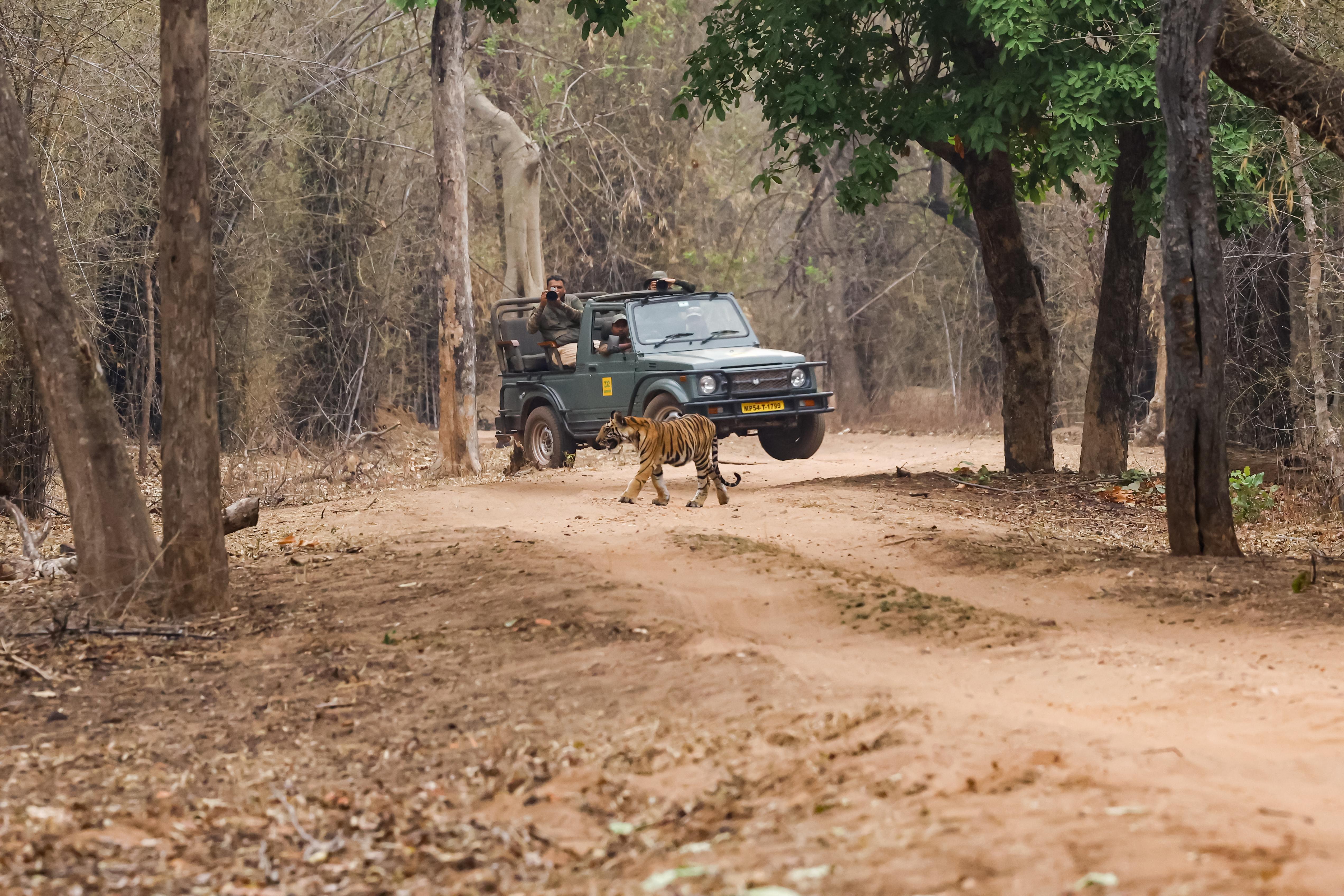The Triumphant Return of the Tiger
A Tale of Reintroduction in Panna National Park

A Sanctuary in Peril
Panna National Park, once a thriving haven for tigers, faced a devastating blow in the early 2000s. Due to a combination of factors, including poaching and habitat loss, the park’s tiger population dwindled to a heart-breaking zero by 2009. The silence that fell upon the forest was a stark reminder of the fragile balance of nature.
A Bold Initiative
In the face of this ecological crisis, the Madhya Pradesh Forest Department, in collaboration with conservation organizations, embarked on a daring mission: to reintroduce tigers to Panna. This ambitious project involved translocating tigers from other reserves and carefully rehabilitating them into the Panna ecosystem.
The Road to Recovery
The reintroduction process was a painstaking one, requiring meticulous planning and execution. Tigers were carefully selected based on their genetic diversity and adaptability. They were then released into Panna, where they were closely monitored and provided with support to ensure their successful integration into the new environment.
A Resurgent Ecosystem
The reintroduction efforts bore fruit, and the tigers of Panna began to thrive once again. Their presence had a cascading effect on the entire ecosystem, restoring balance and revitalizing the forest. Prey species flourished, and the park’s biodiversity rebounded.
A Symbol of Hope
The return of the tiger to Panna National Park is a testament to the power of conservation and the resilience of nature. It is a story of hope, demonstrating that even in the face of adversity, it is possible to restore what has been lost. Today, Panna stands as a beacon of success, inspiring similar efforts across the globe.
Lessons Learned and Future Outlook
The Panna tiger reintroduction project offers valuable lessons for future conservation endeavors. It underscores the importance of:
- Community engagement: Involving local communities in conservation efforts fosters a sense of ownership and promotes sustainable practices.
- Scientific monitoring: Continuous monitoring and research are essential to assess the success of reintroduction programs and adapt strategies as needed.
- Habitat protection: Preserving and restoring natural habitats is crucial for the long-term survival of wildlife populations.
The success of the Panna project has reignited hope for the future of tigers in India and beyond. It serves as a powerful reminder that with dedication, collaboration, and a commitment to conservation, we can protect our planet’s precious biodiversity for generations to come.